Recently, the Department of Food Safety, Ministry of Health held a meeting to summarize the state inspection of imported food safety in 2024.
Cut more than 50% of imported food products that must be inspected by the state before customs clearance
Recently, the Department of Food Safety, Ministry of Health held a meeting to summarize the state inspection of imported food safety in 2024.
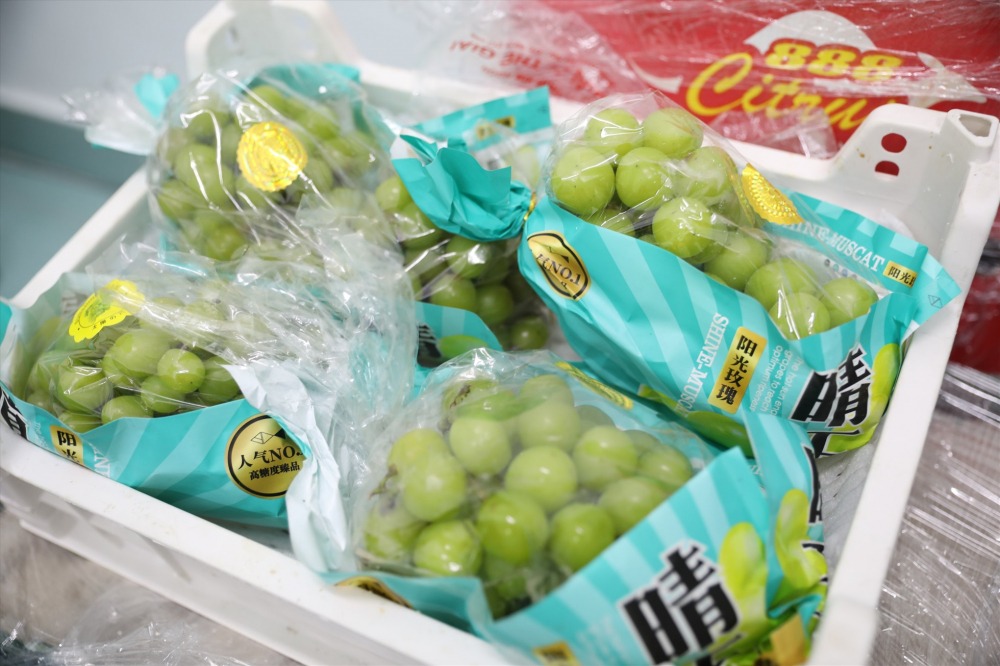 |
| In recent years, the Ministry of Health has carried out strong reforms in the inspection of imported food safety, especially reducing the number of product lines that must undergo state inspection before customs clearance. |
At the meeting, Ms. Tran Viet Nga, Director of the Department of Food Safety, Ministry of Health, reviewed the system of legal documents related to the inspection of imported food safety, as well as the process of amending and supplementing these documents to implement the annual Resolutions of the Government . The goal is to improve the investment environment, shift from pre-inspection to post-inspection and minimize compliance costs for businesses.
According to Ms. Nga, in recent years, the Ministry of Health has carried out strong reforms in the inspection of imported food safety, especially reducing the number of product lines that must undergo state inspection before customs clearance.
Since 2021, the Ministry of Health has issued two important Circulars, helping to reduce the number of product lines subject to state inspection by more than 50%, creating favorable conditions for businesses and promoting the investment environment in Vietnam.
As of 2024, the Ministry of Health has issued Circular No. 15/2024/TT-BYT, stipulating the list of foods, food additives and packaging materials that must be inspected for food safety upon import.
Accordingly, only 398 product lines belonging to 3 main product groups need to be inspected by the state. This reduction has helped reduce administrative procedures, shorten customs clearance time and reduce costs for import enterprises.
To ensure food safety while saving time and costs, inspection agencies have implemented 100% of food safety inspection procedures on the National Single Window System, with a quick implementation time, usually taking only 1 to 3 hours for many product lines. These agencies have also strictly followed inspection procedures, ensuring transparency and efficiency in inspection work.
Reducing the number of product lines that need to be inspected will help businesses save on compliance costs, while minimizing storage time and administrative costs.
This is part of the Ministry of Health's efforts to simplify administrative procedures and promote the business environment in Vietnam, especially in the context of international integration.
In addition to reducing the number of product lines that need to be inspected, the Ministry of Health is also shifting strongly to a post-inspection model instead of pre-inspection as before.
Accordingly, agencies will focus on monitoring and inspection after goods have cleared customs, helping to reduce the burden of inspection at the border gate. This model helps increase management efficiency without disrupting the flow of goods.
Although the number of product lines subject to inspection has decreased, state inspection agencies will continue to maintain close coordination with relevant ministries and sectors such as the Ministry of Agriculture and Rural Development and the Ministry of Industry and Trade to monitor and supervise the situation of imported food safety. Coordination between these agencies helps to detect risks early and promptly handle issues related to food safety.
Although the results achieved were positive, Director Tran Viet Nga also requested that state inspection agencies frankly acknowledge the shortcomings and limitations in food safety inspection work in 2024 in order to make adjustments and perfect professional procedures according to the provisions of Circular 15/2024/TT-BYT.
The leaders of the Food Safety Department also emphasized that inspection agencies need to fully implement inspection procedures, especially strictly inspect imported foods, and send feedback to the Food Safety Department if there are any problems during the implementation process.
According to Circular No. 15, in case of differences in classification and determination of commodity codes, the determination of commodity codes shall be carried out in accordance with the provisions of the law on Customs.
For foods and food additives not listed in the List of this Circular, the determination of codes will be according to customs regulations.
After customs clearance, import and export organizations and individuals need to send documents to the Department of Food Safety to coordinate with the Ministry of Finance to review and update the Additional List.
For goods on the list of goods subject to state inspection of food safety, inspection shall be carried out in accordance with the provisions of Article 40 of the Law on Food Safety and Article 16 of Decree No. 15/2018/ND-CP.
For goods not on the list but with unsatisfactory inspection results, or with warnings from competent authorities, strict inspection methods will be applied. State inspection agencies are responsible for notifying customs authorities about the application or suspension of strict inspection methods.
In particular, for mixed food additives containing two or more substances, the commodity code will be determined according to the classification rules in Circular No. 31/2022/TT-BTC of the Ministry of Finance.
Source: https://baodautu.vn/cat-giam-hon-50-dong-hang-thuc-pham-nhap-khau-phai-kiem-tra-nha-nuoc-truoc-khi-thong-quan-d232743.html





![[Photo] Top players gather at the 2025 Nhan Dan Newspaper National Table Tennis Championship](https://vphoto.vietnam.vn/thumb/1200x675/vietnam/resource/IMAGE/2025/5/23/9ad5f6f4faf146b08335e5c446edb107)


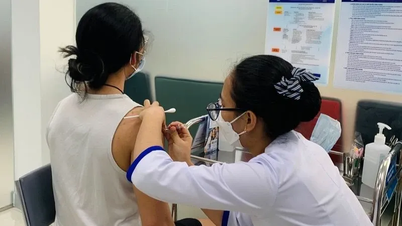

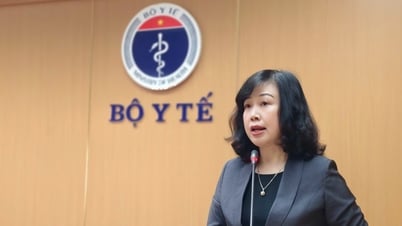



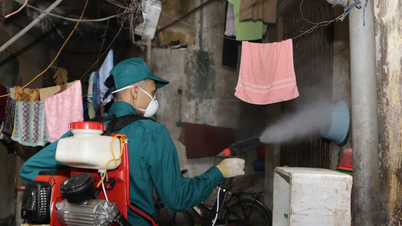

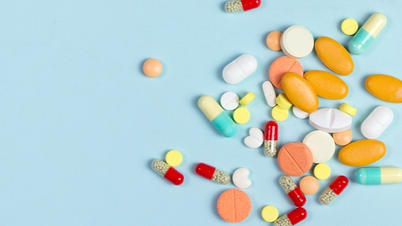
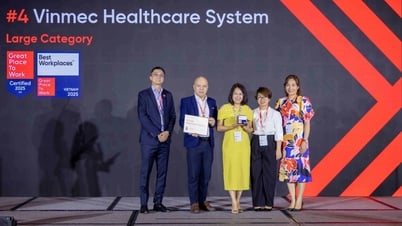






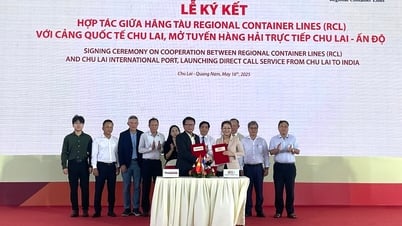






















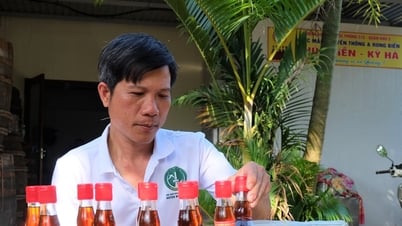



















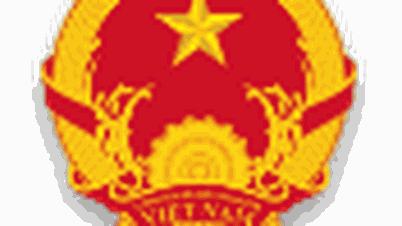


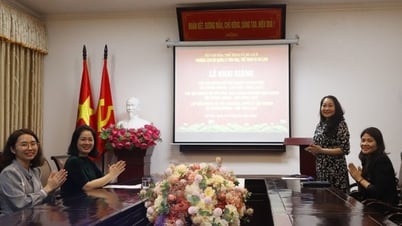
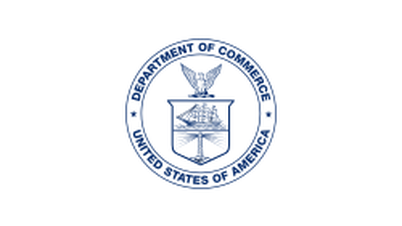




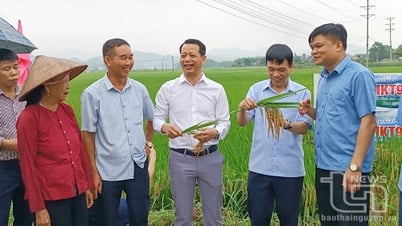


















Comment (0)